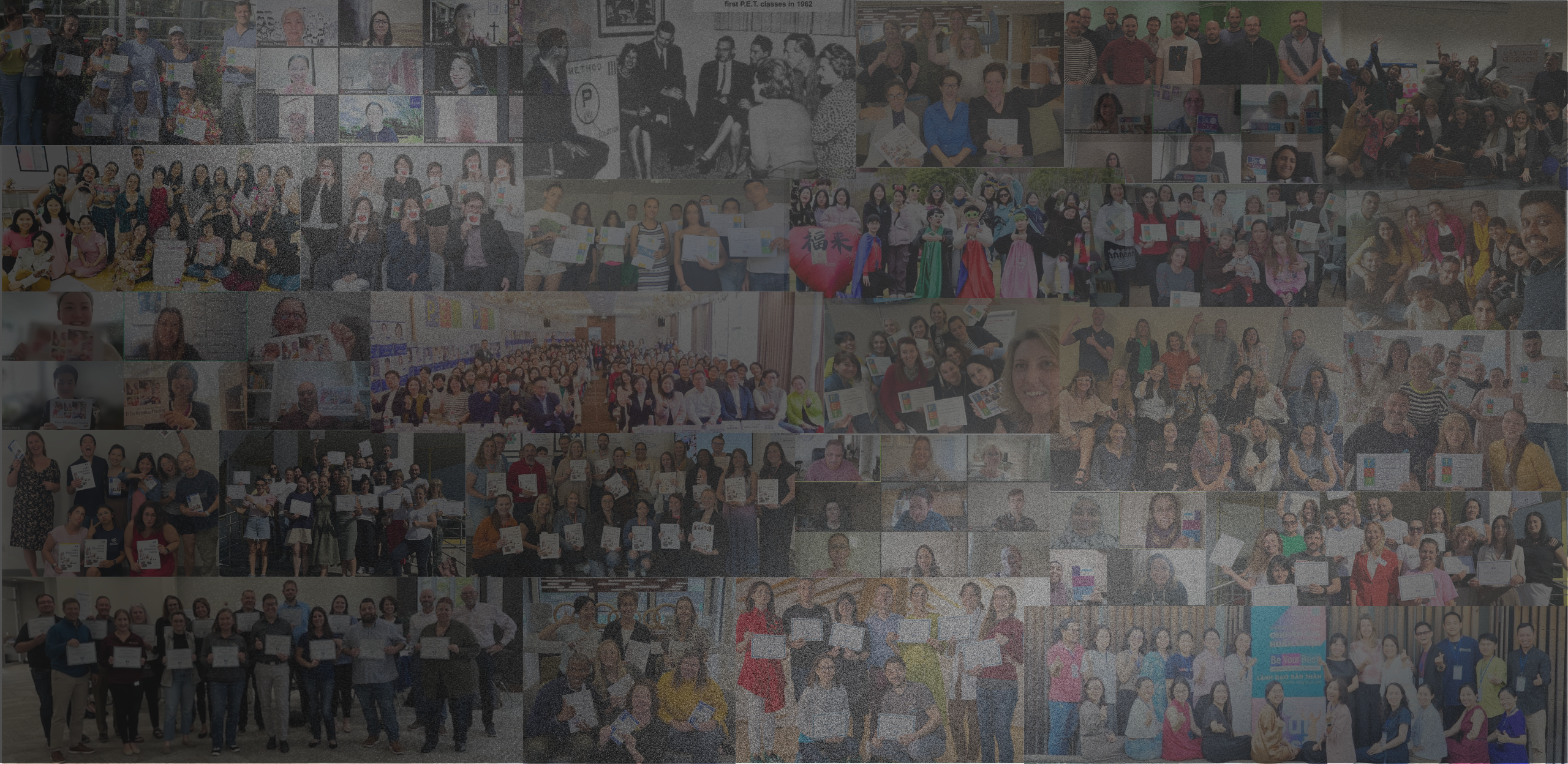
As we wrap up the 2010s and look forward to a new decade, one thing is becoming increasingly clear at all levels: Legacy systems and old ways of doing things (simply because “we’ve always done it that way”) are passing away.
What lies ahead is undiscovered, uncharted territory, filled with phenomena our grandparents would have found incomprehensible during their working lives: open-concept offices, “unlimited” vacation, even offices where nobody has an assigned desk. Workplaces are changing fast and as companies–and the people who comprise them–move forward, one thing is certain: There will be problems. (The first and only study of “open offices” found that face-to-face interactions fell by 70% and emails sent among people in the same space rose by 50%. Why? Well, apparently, humans get stressed when you cram them together without a way to get away from each other, so they put on headphones and do everything they can NOT to interact: #UnintendedConsequences).
Every new initiative, every novel solution, every fresh innovation introduces the potential for unforeseen negative effects, downstream disruption, interpersonal static and resultant tension.
If change were easy, we’d all keep our New Year’s Resolutions–every year–without fail. But change is difficult. It isn’t as simple as deciding, “It’s time to change.”
That’s just step one.
Four Steps to Making Change Stick
At the end of the last decade, Harvard Business Review published an article by Musselwhite & Plouffe that outlined a shifting perspective on change: Change readiness, not change management, they proposed, is the future direction of viable business.
As opposed to change management, which views change as an isolated event, change readiness builds a base of resilience, resourcefulness, and responsiveness. Change readiness treats the ability to implement and lead change as a skill.
The skill of change readiness (for people and for organizations) requires just four practices, continually repeated and refined.
- Become Aware of a pressing need for change: Know Your Why. Fact: Nobody climbs out of a perfectly comfortable hole in the sofa if they see no good reason to do so. That need may be skyrocketing cholesterol numbers (“Guess I’d better lay off the sundaes and get on a treadmill after New Year”), plummeting sales, or a critical spike in supplier prices. Either way, change won’t happen without a legitimate, convincing WHY. “Why should I change? Why should I do something painful? Why should I put forth extra effort? Why should I do things I have never done before? Why should I learn new ways of doing things I have always done, in ways that have always worked just fine?” At an individual level, the answers to these questions create personal motivation. At an enterprise level, solid answers create the backbone of internal communications and leadership messages about change.
- Be Agile in the pursuit of change: Find Your How. When a change–a goal–is important, no obstacle is large enough to stand in the way. Mountains were moved to build railroads; oceans were conquered to expand empires; atoms were split to produce energy. The second ingredient in the recipe for lasting change is unwavering dedication to find a way. If the quickest, easiest, most direct route to the destination is blocked, every alternative detour will be explored–as well as airlift techniques and possibly underground tunnels. (“Impossible” is not an option when survival is at stake, and change readiness is, at its core, recognition that change is a survival and growth mechanism.) And because not every problem can be dealt with head-on at first, incrementalism is frequently a part of the How. Explore every option; start small; celebrate early wins; build momentum.
- Acknowledge reality, risks, reactions, and imperfections: Proactively Plan Your Re-Adjustment Strategy. The third ingredient is what’s missing in many change management recipes: Dealing with “failure.” At the organization level, Musselwhite and Plouffe say, “Change reaction is the ability to appropriately analyze problems, assess risks, and manage the reactions of employees. This internal focus ensures your company can sustain the day-to-day business while reacting in a timely and appropriate manner to self-initiated and market-dictated change.” That’s a lot of words to say “Things will go wrong; dust yourself off, fix them, and keep going.” One of the most unfortunate traps we fall into when we try to change is to ignore reality: Change is uncomfortable, and there will be setbacks. A long-term change plan acknowledges there will be discomfort, pushback, objections, and even disagreements as conditions evolve. It makes room for productive discussion and no-lose problem-solving during the change process–whether the discussion involves a nation, a department, a handful of people, or just a conversation with yourself after falling off the double-fudge-sundae wagon.
- Rely on Proven Change Mechanisms: Use Quality Tools. Speaking of falling off the double-fudge-sundae wagon (and right after the New Year, too!)–the first instinct many of us have after “letting ourselves down” is to beat ourselves up. “That was stupid. Two day’s calories. I may as well go ahead and just have a Grand Slam Breakfast now. What’s the use?”
Sad but true: Some of us still speak to ourselves in ways we would never speak to a direct report–or even to family members. But the way we talk to ourselves and others about change (including setbacks) shapes how we feel about change efforts–and if our self-talk is full of roadblocks, at some level we are bound to wonder how much we really want this change, deep down.
Psychology has given us tools and skills to lead people through just about any kind of change, from getting more exercise to global mergers & acquisitions.
And here’s a bonus: They work outside the workplace, too.
Happy Holidays, Happy New Decade, and Happy Lasting, Constructive Change!

